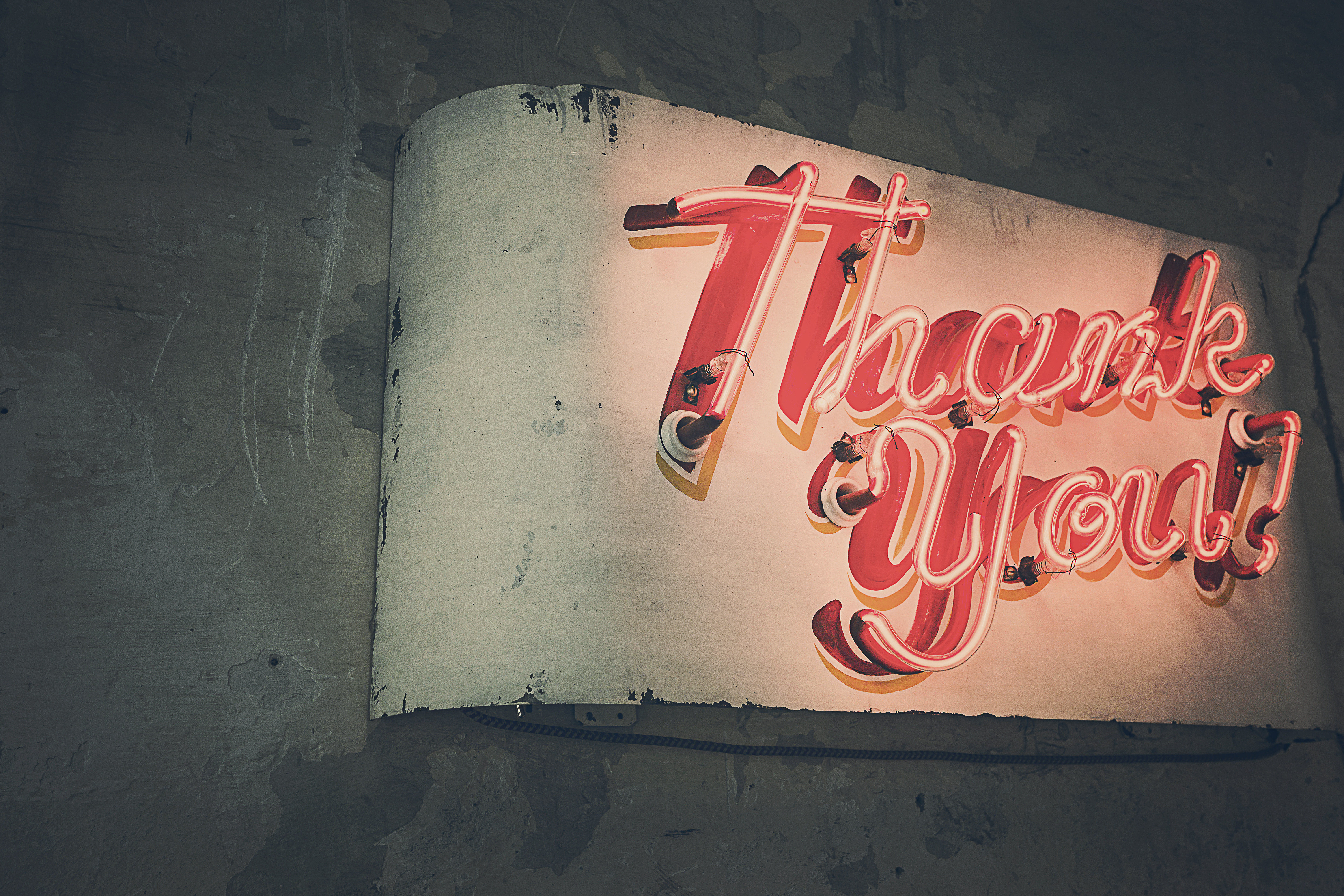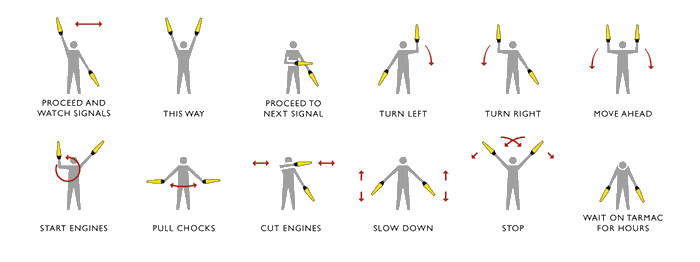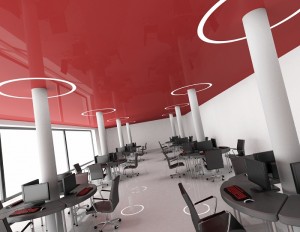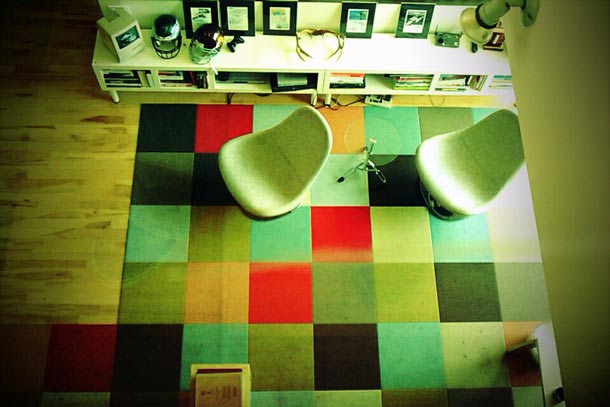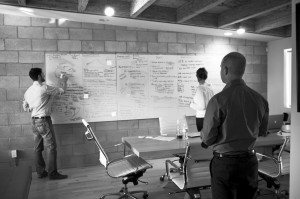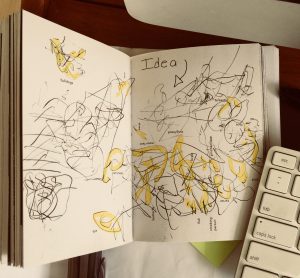
In creative professions, nothing kills imagination like a juicy ideology.
An ideology is a set of beliefs, ideas, and expectations widely held in an industry, company or office. Ideologies conceal themselves as conventional wisdom. They feel habitual and natural. Sometimes ideologies are “best” practices in agencies few openly question. You’ve probably experienced an ideology at the office: “We use x method for our brainstorming, presentation, pitch or creative work sessions… that’s just our process; I don’t know why…it just is.”
It’s not always easy to recognize ideologies in creative work. That’s because rules and conventional thinking don’t apply to jobs that ask people to run into the frontier of imagination. Creative work is highly personal, idiosyncratic, messy and peppered with gray areas. And yet there are methods and tools to pull forming ideas onto screens, pages, conversations, meetings, and whiteboards.
There’s safety in Conventional Wisdom
In creative work, and in agencies, in particular, a few big “idea” systems are popular right now. Design thinking, postmodern, neuroscience-driven design are big buzzy ideologies we’ve all come across. Of course, best practices are vital processes for creative work, that isn’t a problem, what company couldn’t use a system to get everyone collaborating and creating together? At the heart of design thinking, for example, are kernels of practical truths creatives can use—changing habits in terms of capturing high-quality creative ideas, style, technique or approach.
I’m not calling out the icons in creativity, neuroscience, or design thinking. I’m interested in opening up a dialogue about how we adapt and accept tools in creative fields. How we often dismiss our internal mushy hunches and follow convention. How tips or wisdom meant to free our minds become roadblocks.
In fact, my aim here is the opposite of criticism, it’s a dialogue. It’s important to question and turn over popular ideas, separate them out from the what’s mere marketing filler. As any creative will tell you, coming up with novel ideas requires flexibility. The best creatives are eager to test out new tools or processes. But we shouldn’t cleave to an idea because everyone in the office loves it unquestionably.
High-Stakes Creative
Creative work is a high-stakes trade. It’s applied imagination with expectations of a big return on investment. Corporations want creative brand, marketing, products, words, visuals, logo, design, and thinking done on their behalf out in the world. Creativity adds equity, contributes to bottom lines and boosts shareholder confidence. Research shows that creative advertising and content tends to be more effective and memorable than tradition-bound ads. People enjoy and remember what’s novel, strange or delightful. This matters in our crowded public sphere.
For on-the-ground creatives the pressure’s on to ideate, produce, perform and scale new aesthetic and experiential heights. I’ve talked to amazing and talented people who describe feelings of dread and excitement with assignments. They feel pressure to run out into the frontiers of what’s possible, making sure consumers or audiences, like, buy, share and circulate.
The creative product, they say, must look original, radically inventive and beyond the corners of the assignment with ROI. An ask worthy of an existential sigh.
With these expectations, creatives seek out the latest tools, coaches, tips, hacks, models, programs. Anything promising creative empowerment.
Don’t Default To Others
Lots of strategists and designers come through our offices, and some speak authoritatively and enthusiastically to the disruptive qualities of design techniques, a leader they love or the latest news in design thinking. We listen and politely nod. We don’t judge. We get it.
It’s hard to resist cleaving to beliefs we think matter to decision makers. When knowing design best practices and trends can tip the scales in your favor, who wouldn’t want to talk expertly about the new tools in creative and professional worlds?
As I listen to talented creatives, the conversations are always smart and interesting. Even if some people stumble on how exactly they’ve applied design thinking or other similar frameworks to projects, I still eagerly listen. After these interviews or talks, my mind goes to Pablo Picasso’s summary of his creative process. “I close my eyes and begin.” Closing the eyes, to me, means turning off the surface layers of brain chatter and venturing into the quieter, unknown parts of the brain. Shutting off ideologies, beliefs and what everyone else is doing.
You’re Creative Signature
There’s a radical equality in creative professions we overlook. It begins with our interior process. Our imagination, flashes of ideas, hunches, skills we’ve honed transformed into stories, campaigns, plans, buildings, projects, products-you name it. Any tool teaching methods, systems we use can only channel our raw materials. A teacher or tool isn’t creativity.
Writer Zadie Smith describes these raw materials as a signature of skill, flexibility, skill and sheer will.
When I meet creative colleagues I’m more likely to ask questions along the lines of ‘What books are you reading? What’s your latest piece of technology? What assignment taught you the most about your skill level? What manager/leader inspired you to tweak your skill set? What’s the most important creative fail of your career, so far?’ These questions set the stage for design thinking or any thinking for that matter.
In other words, creativity and imagination start with the what’s inside our heads. What’s known, latent and lurking.
I think where creative ideologies fail most for people is when they default to what others believe over their own intuition and knowledge. Instead, let’s look inside. What’s our signature creative talent, skill, curiosity, capabilities? This translates into action: What are we reading, doing, experimenting, studying, thinking about? In what ways are our eyes set on stretching our capabilities and frontiers into the new?
That’s a creative ideology we should all endorse.
